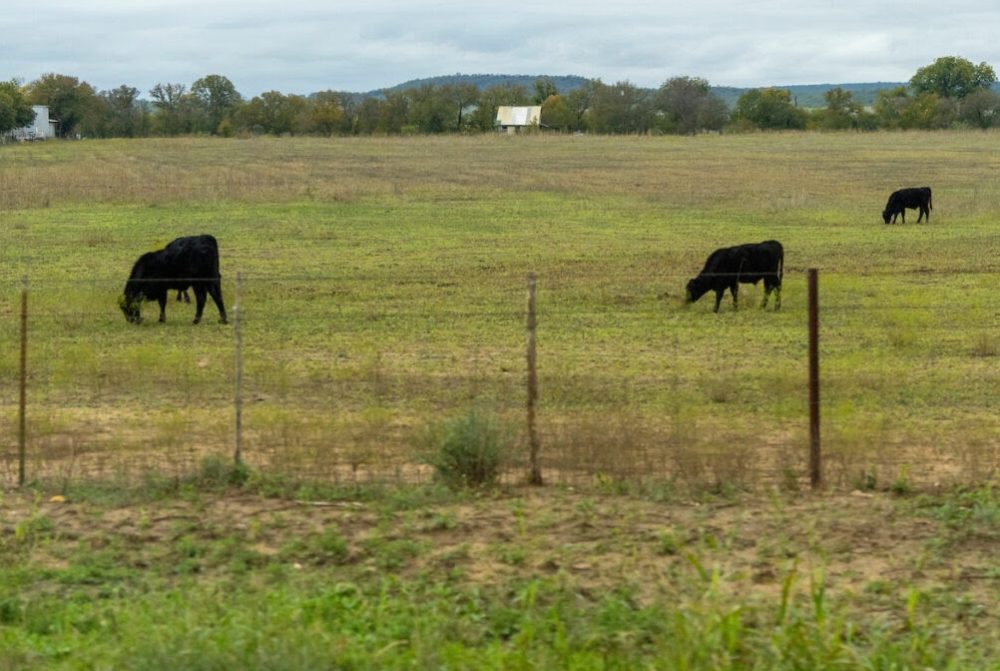September 23, 2024 – Native pastures are vital ecosystems for livestock, wildlife, and land conservation, and the **Texas A&M AgriLife Extension** provides extensive resources for their effective management. Native pastures consist of indigenous grasses, forbs, and shrubs that naturally thrive in local climates and soils, without the need for human intervention. These lands are key to sustaining livestock, promoting biodiversity, and enhancing soil and water health. AgriLife Extension offers guidance in several critical areas to help landowners maximize the value of native pastures.
Native Grass Identification and Preservation: AgriLife Extension offers detailed information on identifying native grasses like little bluestem and switchgrass. These native species are resilient, drought-tolerant, and well-suited to Texas’s environmental conditions. Maintaining these pastures through proper grazing practices—such as rotational grazing—ensures that native grasses remain productive and healthy. By resting pastures and allowing grasses to recover, landowners can prevent overgrazing and extend the lifespan of native plants.
Grazing and Stocking Rates
AgriLife recommends strategies for grazing management, focusing on appropriate stocking rates and rotational systems to prevent pasture degradation. By carefully managing livestock movements, ranchers can avoid overgrazing, which leads to soil erosion and the spread of invasive species. AgriLife helps ranchers assess their pastures’ carrying capacity, ensuring that livestock density matches the forage available, protecting the longevity of the ecosystem.
Restoration of Degraded Lands For landowners dealing with overgrazed or invasive species-infested pastures, AgriLife provides guidance on pasture rehabilitation. This can include the re-seeding of native grasses, controlling invasive species through prescribed burns, and implementing mechanical or chemical removal methods. These strategies help restore the natural balance of the ecosystem, ensuring long-term pasture viability.
Soil and Water Conservation: Healthy native pastures improve soil structure and reduce erosion. AgriLife promotes practices like minimizing soil disturbance and maintaining plant cover to enhance soil health and water retention. Native grasses, with deep root systems, are particularly effective at retaining moisture, promoting groundwater recharge, and preventing runoff.
Wildlife Habitat Management: AgriLife also highlights the importance of native pastures for wildlife conservation. Properly managed native grasslands support a variety of wildlife species, including pollinators, birds, and large game. By balancing livestock production with wildlife-friendly practices, landowners can foster a more diverse and sustainable ecosystem.
AgriLife Extension offers educational programs, workshops, and expert resources to guide landowners in sustainably managing their native pastures. For more information on this or any other agricultural topic please contact the Hopkins County Extension Office at 903-885-3443 or email me at [email protected].






